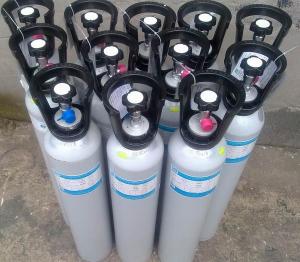How to determine the tolerance and specification of sulfur hexafluoride recovery and purification
Published on:2018-06-07 Click:410
Tolerances and specifications usually involve the product quality of sulfur hexafluoride recovery and purification unit, representing the ability of products and parts to meet given needs. Designers tend to be strict with the specifications rather than considering the necessity. In fact, the specifications on the drawings of many recovery and purification devices are difficult to achieve in actual production. In order to successfully deliver the products to customers, the production process department and the quality department often play a gray role. They turn a blind eye to tolerance. As long as customers do not complain, we can make do with it. Another more common situation is that the engineering department has made great efforts to achieve the required tolerances and specifications, while the quality department is faced with high-strength inspection standards.
In fact, to what extent are the tolerances and specifications suitable, the designers of sulfur hexafluoride recovery and purification unit need to be cost conscious, not to say that the more strict the better, because this may lead to excess quality, and the customer does not need such strict specifications, just like a pen, the customer only cares about writing comfortably in his hand, and does not care whether the pen barrel diameter is 0.1m more or 0.2mm less. Therefore, unnecessary strict tolerances and specifications will lead to more waste products and higher quality costs. At the same time, high-precision process and performance testing to achieve strict tolerances will also lead to increased manufacturing costs.
Too tight tolerance is not good, and too loose tolerance is not good. Excessive tolerance range will greatly increase the difficulty of quality control, lead to unstable performance of products and parts of sulfur hexafluoride recovery and purification unit, and increase quality risk. At the same time, too wide tolerance is also a great challenge for equipment and fixtures. Engineers have to design equipment and fixtures that meet the large tolerance, resulting in increased equipment failure rate, increased fixture wear, and poor process stability.
Therefore, we need to make a careful and rigorous study of the tolerance and specification, judge whether the current specification is too tight or too loose by testing sulfur hexafluoride gas or technical verification, and then take appropriate actions to reduce the quality cost and manufacturing cost of sulfur hexafluoride recovery and purification device, while ensuring high quality. However, the optimization of tolerance is a very complex and mathematical knowledge. Therefore, when we face specific tolerance problems and specifications, we still need to analyze specific problems.
The content of the article comes from the recovery and purification of sulfur hexafluoride: http://www.feiliergas.com





